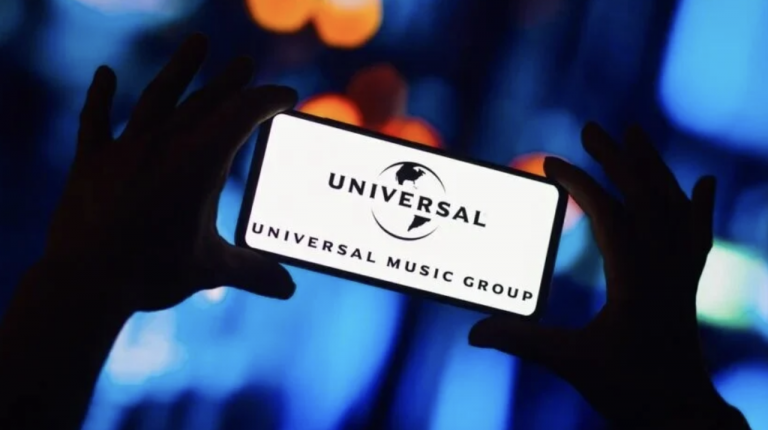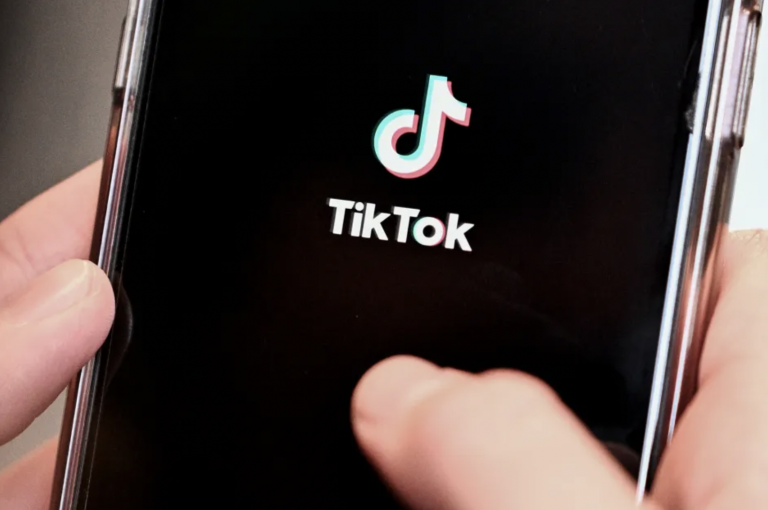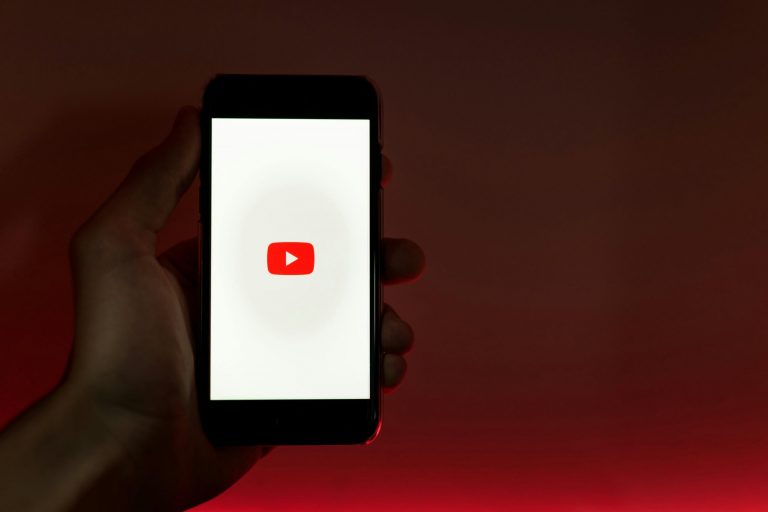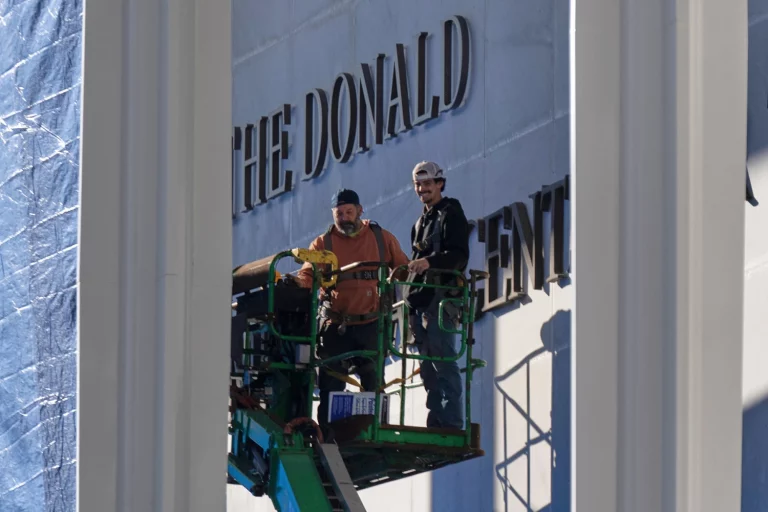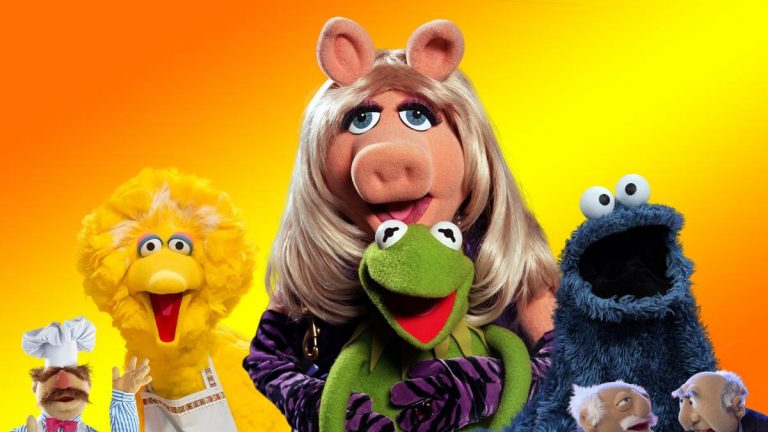Artificial intelligence has unlocked new creative opportunities, but it has also introduced serious risks. One of the most pressing concerns is the rise of deepfakes, which can mislead audiences and damage reputations. To address this, YouTube has begun rolling out a new detection tool designed to identify AI-generated likenesses and give creators more control over their image.
How the Tool Works
The tool, developed in partnership with Creative Artists Agency (CAA), is currently available to a limited group of creators. However, it will expand to all members of the YouTube Partner Program in the coming months. Much like YouTube’s Content ID system, which scans for copyrighted material, the deepfake detection tool scans for recognizable faces used without permission. Once flagged, creators can review the content in YouTube Studio’s Content Detection tab and decide whether to file a removal request, submit a copyright claim, or take no action.
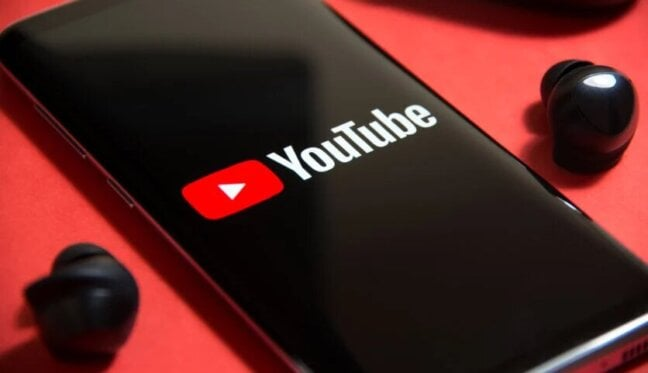
To use the tool, creators must verify their identity by providing a photo ID and a short video of themselves. Several days after enrollment, flagged videos begin appearing in the Content Detection tab. Importantly, YouTube has emphasized that the tool’s primary purpose is to protect creators’ reputations and commercial interests. As the company explained, it allows creators to “protect your viewers by keeping the audience from being misled about what you endorse and what you don’t.”
Broader AI Strategy
This rollout is part of YouTube’s broader strategy to manage the challenges of generative AI. For example, the platform recently updated its privacy policies to allow takedown requests for videos imitating someone’s voice or likeness. In addition, YouTube has introduced tools for rights holders to remove content mimicking an artist’s unique singing or rapping voice. At the same time, YouTube and its parent company Google remain active in AI development. They have experimented with AI-generated music soundtracks and signed a 2023 deal with Universal Music Group to create AI tools with protections for rights holders.
YouTube’s deepfake detection tool represents a significant step toward balancing innovation with responsibility. By giving creators the ability to identify and remove unauthorized uses of their likeness, the platform is signaling that protecting trust and authenticity is just as important as advancing new technology. For creators and audiences alike, this move could help ensure that AI enhances creativity without undermining credibility.

